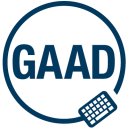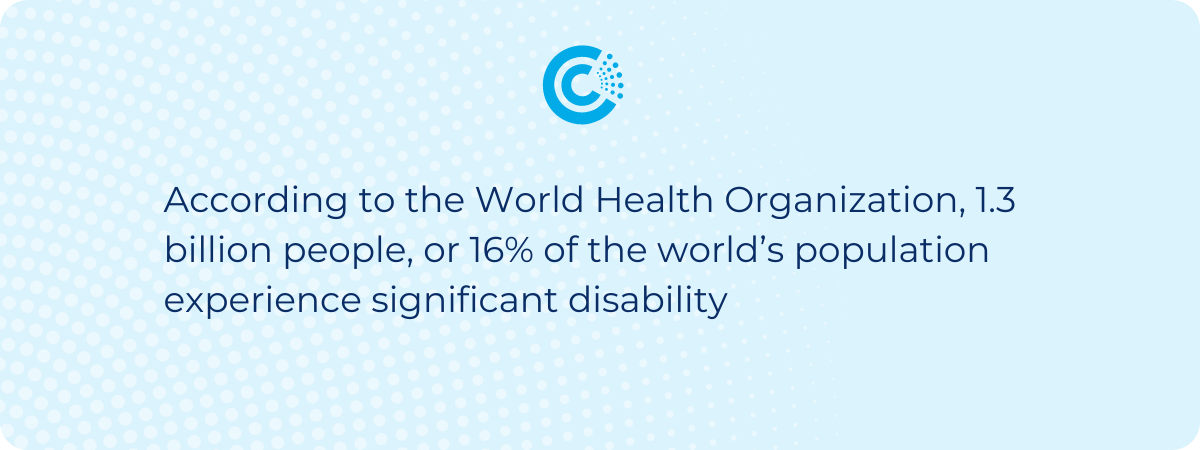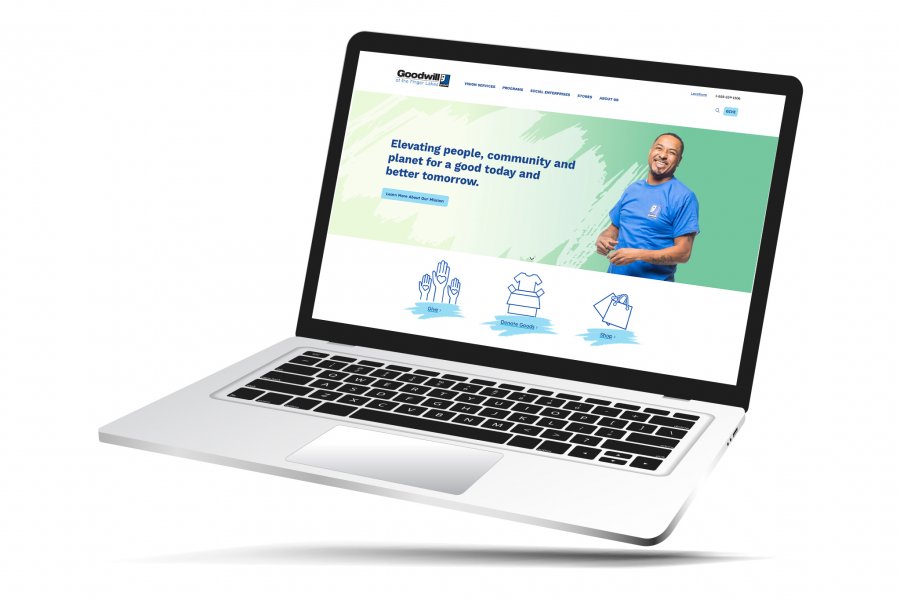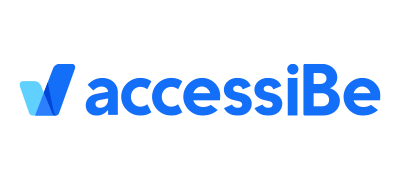Each year on May 16th, we celebrate Global Accessibility Awareness Day (GAAD) - a day to raise awareness about digital access and inclusion for people with disabilities. We believe the Internet should be accessible to everyone, regardless of ability.


Why Website Accessibility Matters
Having an accessible website isn’t just nice to have, in the United States and other parts of the world, it is required by law. The Americans with Disabilities Act (ADA) was revised to include web accessibility in 1996 and has been updated several times since. In 1999, the Web Content Accessibility Guidelines (WCAG) were created to set clear criteria for what made a website accessible or not. According to the WCAG, four principles must be followed to be considered “accessible” and ADA-compliant.
- Perceivable - all information and user interface components must be presented in ways that are perceivable to the user; no information can be invisible to all the senses
- Operable - the user interface must be operable; the interface can’t require interaction that a user can’t perform
- Understandable - information and the operation of the interface must be understandable by everyone; the content or operation can’t be beyond the user’s understanding
- Robust - as assistive technology advances, the content and operation should remain accessible; the content must be able to be interpreted by a wide range of assistive technology

With 1.3 billion people worldwide having some form of disability, failing to make your website accessible means losing out on a huge chunk of potential customers and revenue, not to mention the legal fees, the cost of rebuilding your website to be ADA-compliant, and the social backlash you could face.
How We Build Accessible Websites
We take website accessibility seriously. Our team of skilled developers follows the latest WCAG guidelines and best practices to ensure your website is optimized for assistive technologies like screen readers. This includes adding proper alt text for all images and graphics on your website, ensuring sufficient color contrast, including keyboard navigation, writing descriptive headings, and more.
We also aim to educate our clients on the importance of maintaining accessibility across future updates and new content added to their sites. Having an accessible foundation is critical but it is an ongoing effort to maintain that foundation.

We utilize accessiBe, an AI-powered web accessibility solution that makes websites accessible to all people with disabilities and ensures your website is compliant with the ADA and WCAG. Curious if your website is accessible? You can run a free website audit on accessiBe to see if your website is compliant.
While tools like accessiBe make website accessibility more approachable for businesses, accessibility is not a one-and-done task. Achieving and maintaining accessibility is an ongoing process that requires you to consistently evaluate and update your website. Our developers created a Content Management System (CMS) that makes accessibility easy. Our CMS prompts you to add alt text and video descriptions when adding new media to your website, so you never forget! Our designers also work closely with you to incorporate your brand colors in a compliant and readable manner while staying on brand.
Website Accessibility Best Practices
- Accessible Website Content: this means being clear and concise with your content and using bullet points to break up text making it easier to read and understand. You also need to make sure you are using the correct headings to help those with screen readers view your content. There should be one H1 tag per page, used for titles. For any other section of content on your page, use H2, H3, and so on to signify the order of importance.
- User-friendly Design: make sure to use proper color contrast for your text and background. Color contrast also includes graphics on your pages and call-to-action buttons. Don’t forget to include alt text on all images, videos, and buttons on your website.
- User-friendly Functionality: while many people use a computer mouse to navigate a website, some users cannot. Your website should be easy to navigate using an assistive technology like keyword navigation that allows users to move around on a page with the arrow keys and enter button.
Join us in promoting digital inclusion on Global Accessibility Awareness Day and every day. Whether you are a business owner, website designer or developer, or simply just an internet user, we all have a role to play in making the internet more accessible and inclusive for everyone.
Need help with your website? We are equipped to help you navigate new website regulations and requirements surrounding ADA compliance.


